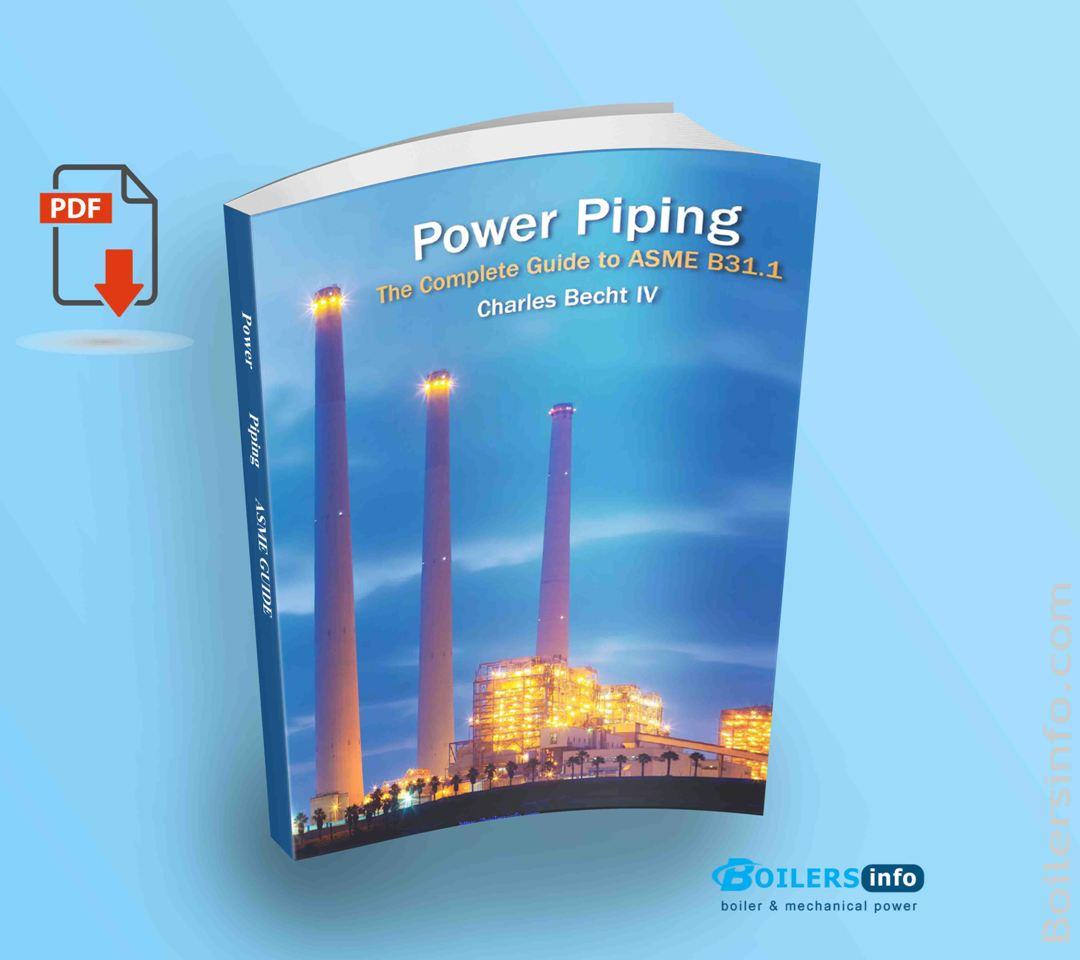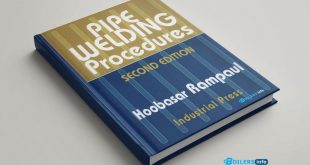
Power Piping Systems: An Engineering Guide Based on ASME B31.1
Power piping systems are critical components in the infrastructure of thermal power plants, industrial facilities, and process plants. The ASME B31.1 Code—Power Piping Code—sets the benchmark for the design, fabrication, inspection, and testing of piping systems associated with electric power generation, industrial plants, geothermal heating, and district heating systems.
This guide provides an integrated overview of key concepts drawn from ASME B31.1 and industry-standard references like the Piping Handbook (7th edition) and the All-in-One Manual of Industrial Piping Practice.
Background and General Information
ASME B31.1 originated in response to the need for a uniform standard governing power piping. It covers piping typically found in boiler plants, turbines, heat exchangers, and auxiliary systems. The code ensures that safety, integrity, and operational requirements are met under a wide range of operating conditions.
Structure of ASME B31.1
The Code is divided into several parts, each dealing with aspects such as materials, design, fabrication, erection, examination, and testing. It incorporates mandatory requirements and non-mandatory appendices that offer guidance and good engineering practices.
Design Conditions and Criteria
Designing a power piping system starts with identifying the design pressure, temperature range, and fluid properties. Allowable stress values are defined based on material type, wall thickness, and service conditions. The code emphasizes conservative design to account for uncertainties in operation and degradation over time.
Pressure Design Principles
Pressure design involves determining the minimum wall thickness to withstand internal pressure, external loads, and corrosion allowances. Formulas consider longitudinal and circumferential stresses and incorporate weld joint efficiency factors.
Component and Joint Limitations
ASME B31.1 places specific limitations on elbows, reducers, tees, and valves. Requirements ensure these components meet or exceed the design pressure and temperature. Welded joints must comply with qualification standards for joint type and weld geometry.
System-Specific Design Requirements
Certain systems—such as blowdown lines, safety valve discharge piping, and high-energy piping—require additional design considerations, including special routing, reinforcement, and isolation provisions to minimize thermal shock and fatigue.
Sustained and Occasional Load Design
Besides pressure, piping must be designed to handle sustained loads like weight and internal pressure and occasional loads such as wind, seismic activity, and water hammer. Load combinations and factors are clearly defined within the code.
Thermal Expansion and Flexibility Analysis
Thermal expansion can lead to significant movement and stress. A flexibility analysis ensures that the piping system accommodates expansion through the use of loops, bends, or expansion joints. The analysis verifies compliance with displacement stress range limits.
Supports and Restraints
Proper support and restraint systems prevent excessive sagging, vibration, and load transfer to equipment. ASME B31.1 specifies support spacing, anchor points, and guides to control movement while allowing thermal flexibility.
Load Limits for Attached Equipment
Piping loads imposed on connected equipment like pumps, compressors, and turbines must be within allowable limits. This minimizes misalignment, vibration, and potential failure of equipment nozzles. Codes like NEMA SM-23 are often referenced.
Material Requirements
Material selection must consider mechanical strength, temperature capability, corrosion resistance, and weldability. ASME B31.1 provides allowable stress values for various materials, with requirements for traceability and documentation.
Fabrication, Assembly, and Erection
The Code specifies requirements for welding procedures, welder qualifications, fit-up, preheat, post-weld heat treatment (PWHT), and cleanliness during fabrication and installation. Adherence to WPS/PQR standards ensures integrity.
Examination and Inspection
Non-destructive examination (NDE) methods like radiography, ultrasonic testing, and dye penetrant testing are used to verify weld quality. Examination frequency depends on pipe size, service condition, and joint type.
Pressure Testing
After fabrication, piping systems must undergo hydrostatic or pneumatic testing to verify structural integrity and leak-tightness. Test pressure is typically 1.5 times the design pressure for hydrostatic tests unless otherwise specified.
Non-Metallic Piping Considerations
Though primarily focused on metallic piping, the Code provides guidelines for non-metallic materials such as fiberglass-reinforced plastic (FRP) in limited applications. These materials must meet special design and testing requirements due to different stress behaviors.
Properties of Pipe and Pressure Ratings
The mechanical properties of pipe—tensile strength, yield stress, modulus of elasticity—determine allowable pressure ratings. Pressure-temperature ratings for flanges, valves, and fittings must align with ASME B16 series standards.
 Boilersinfo Boiler and Mechanical Power Digital Library
Boilersinfo Boiler and Mechanical Power Digital Library
